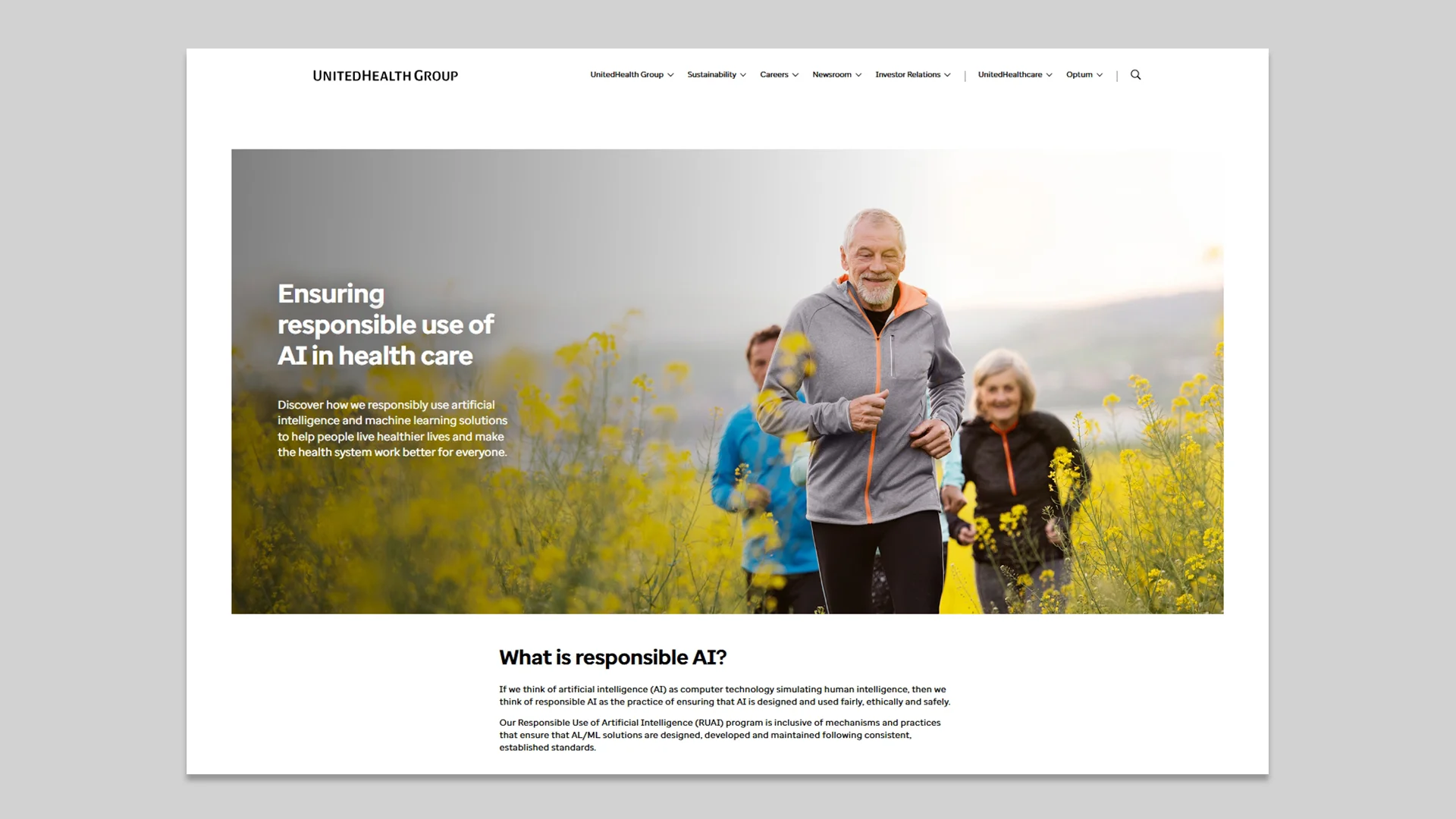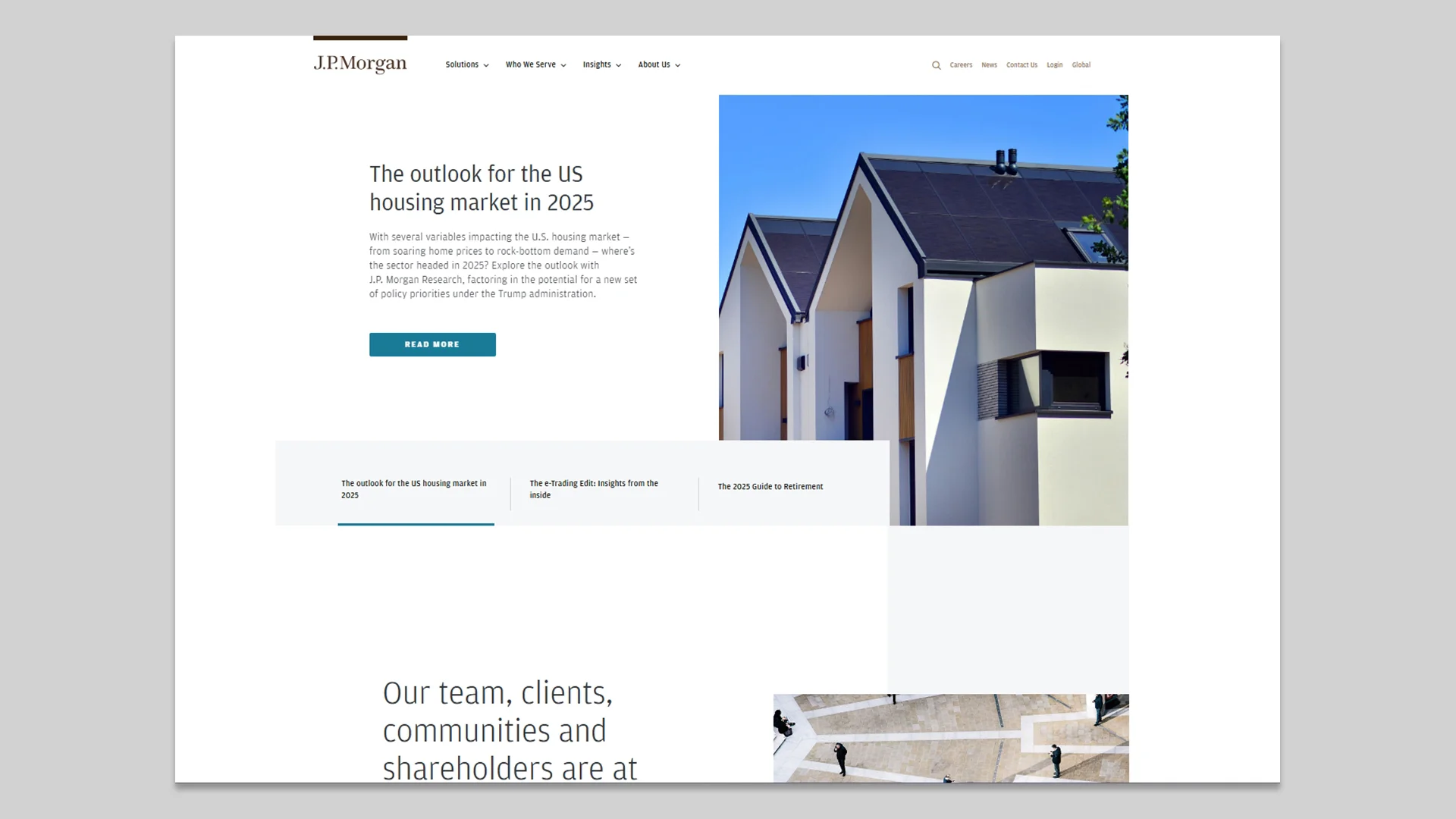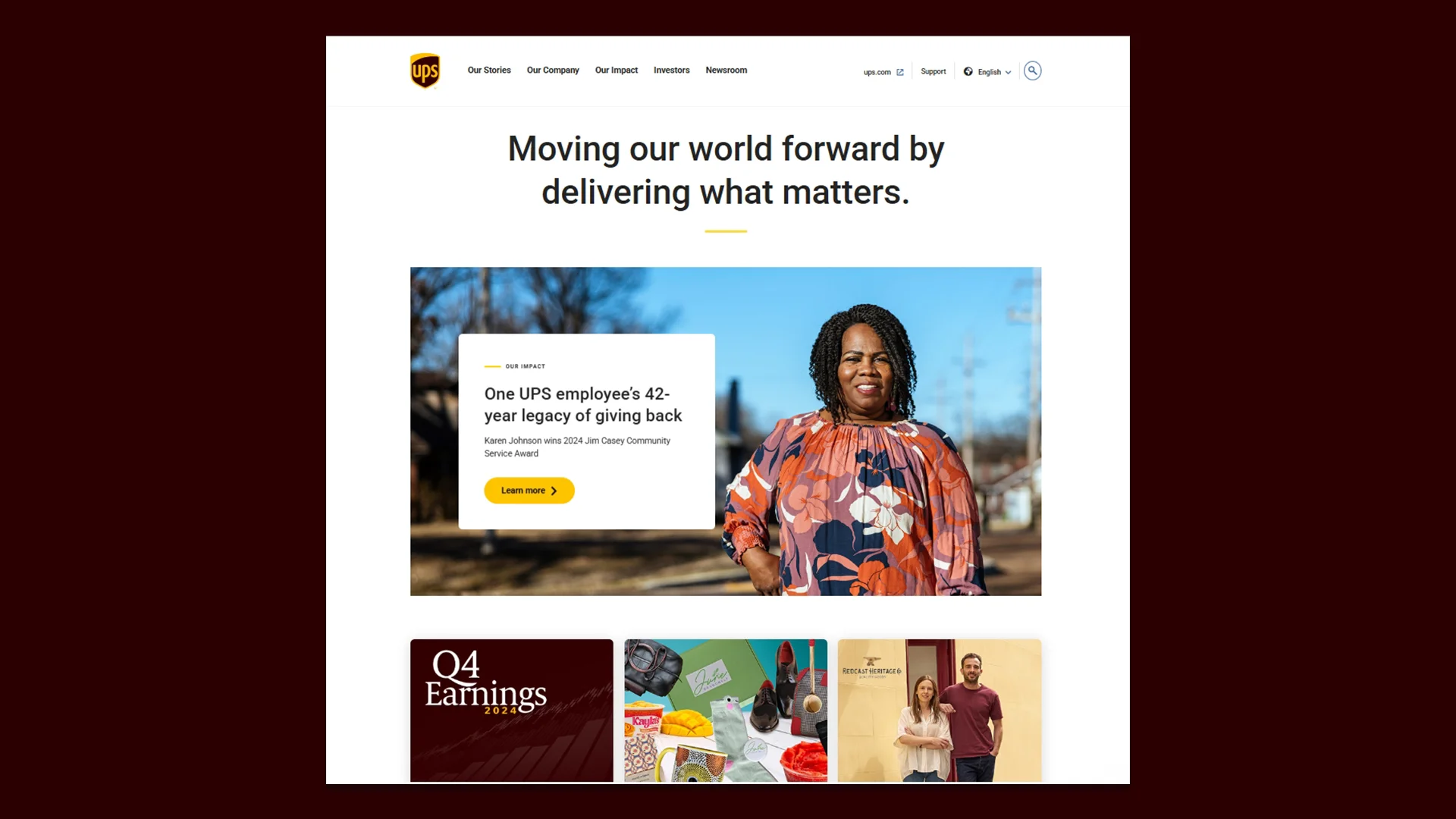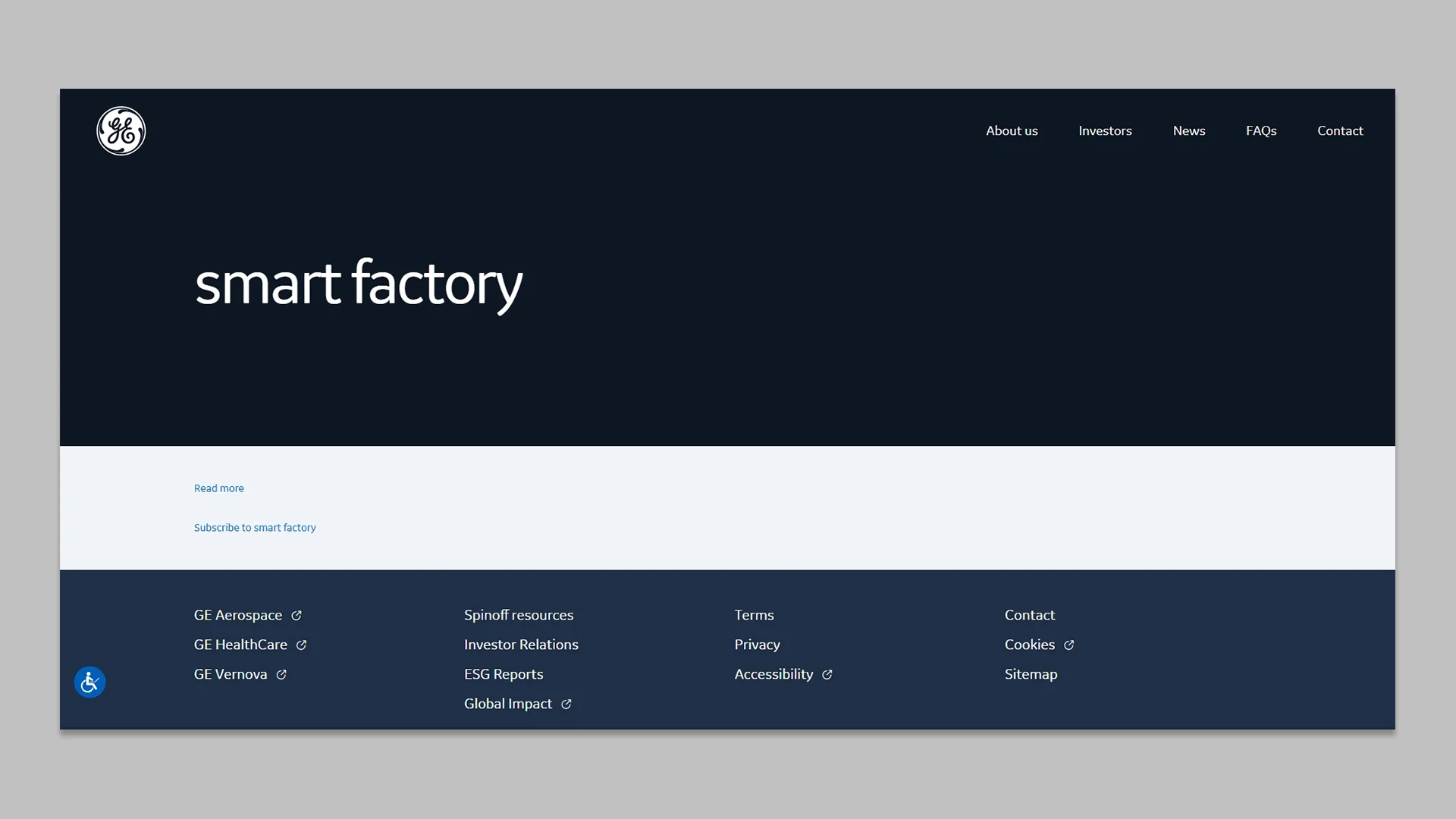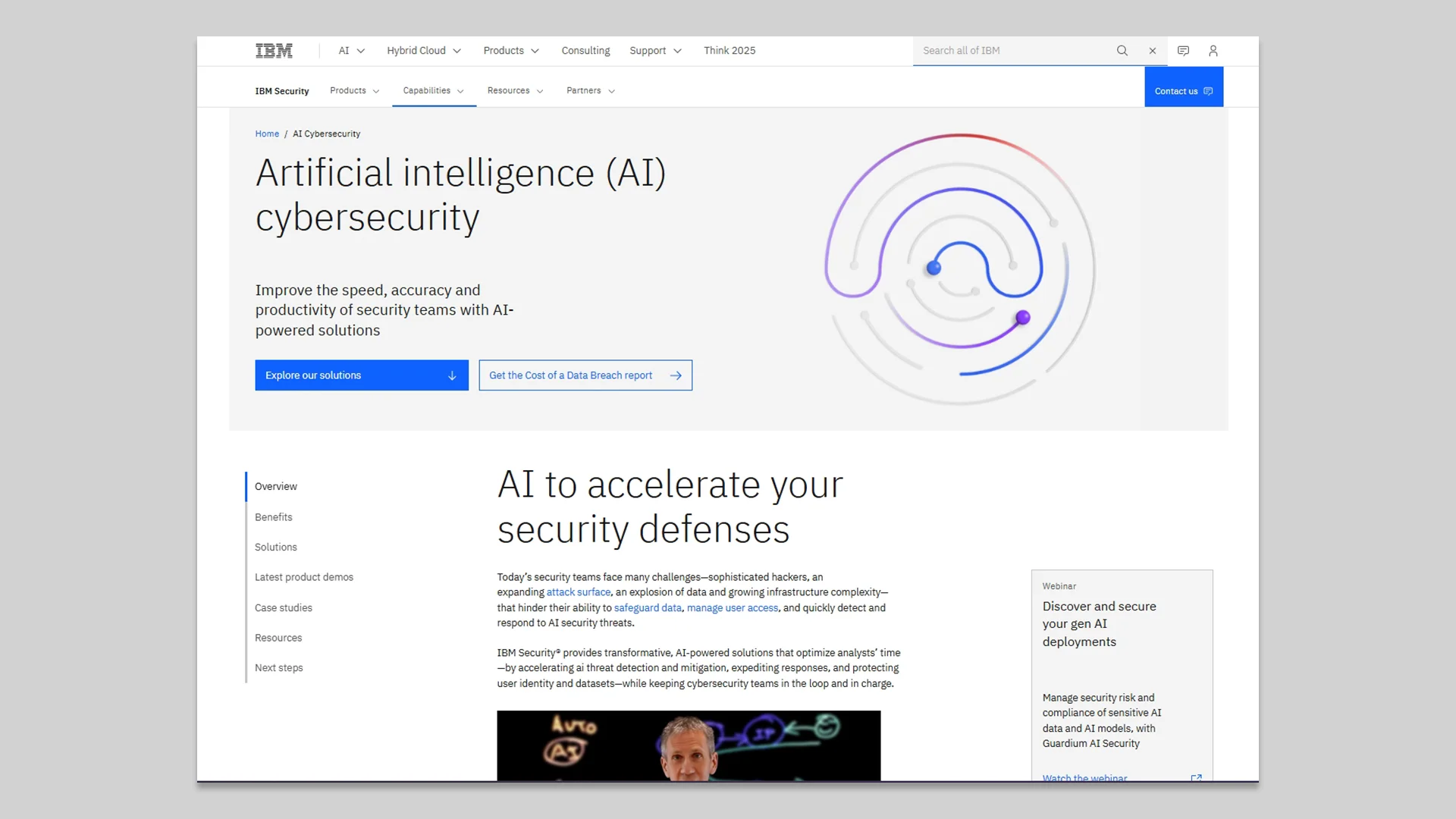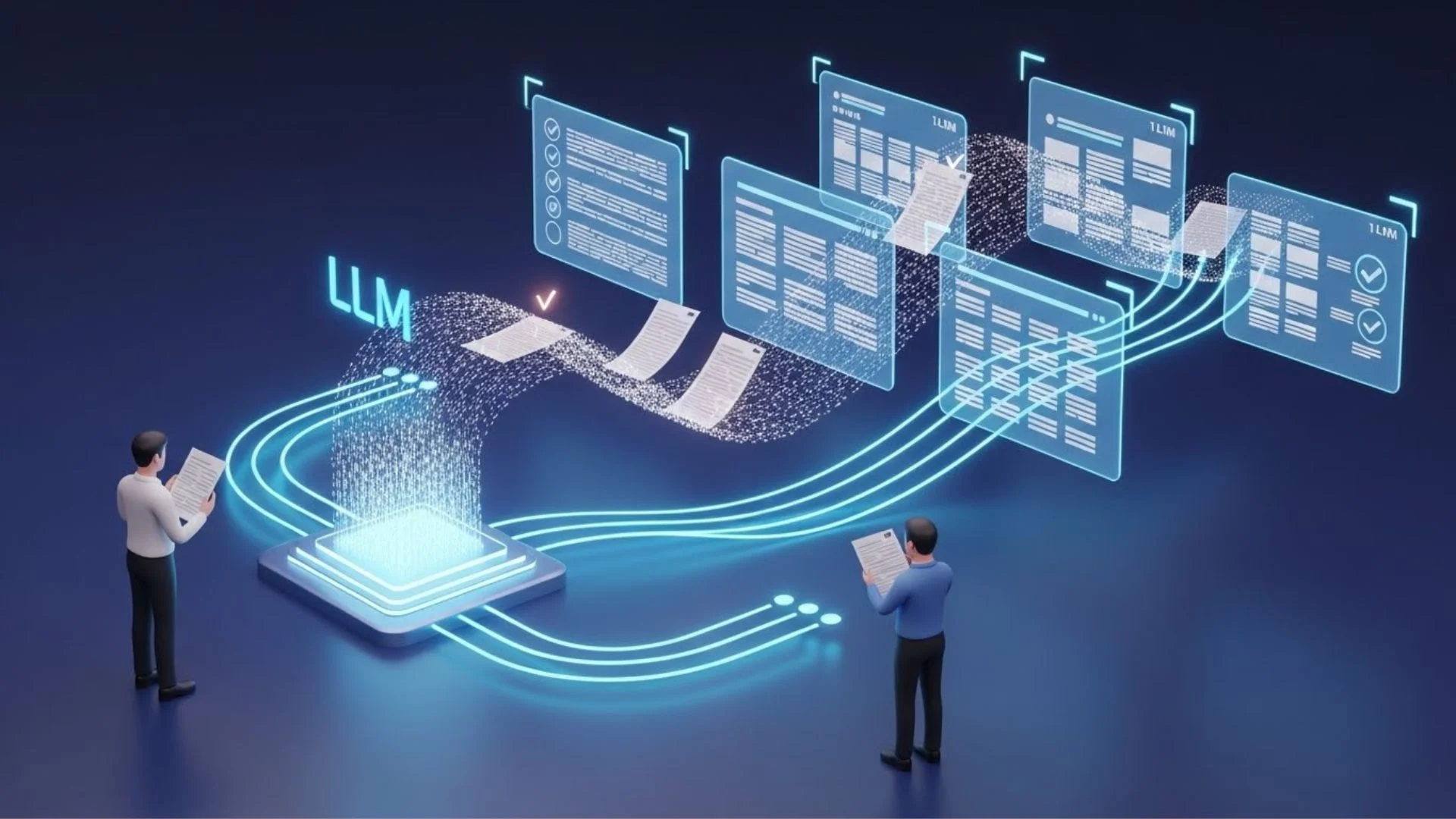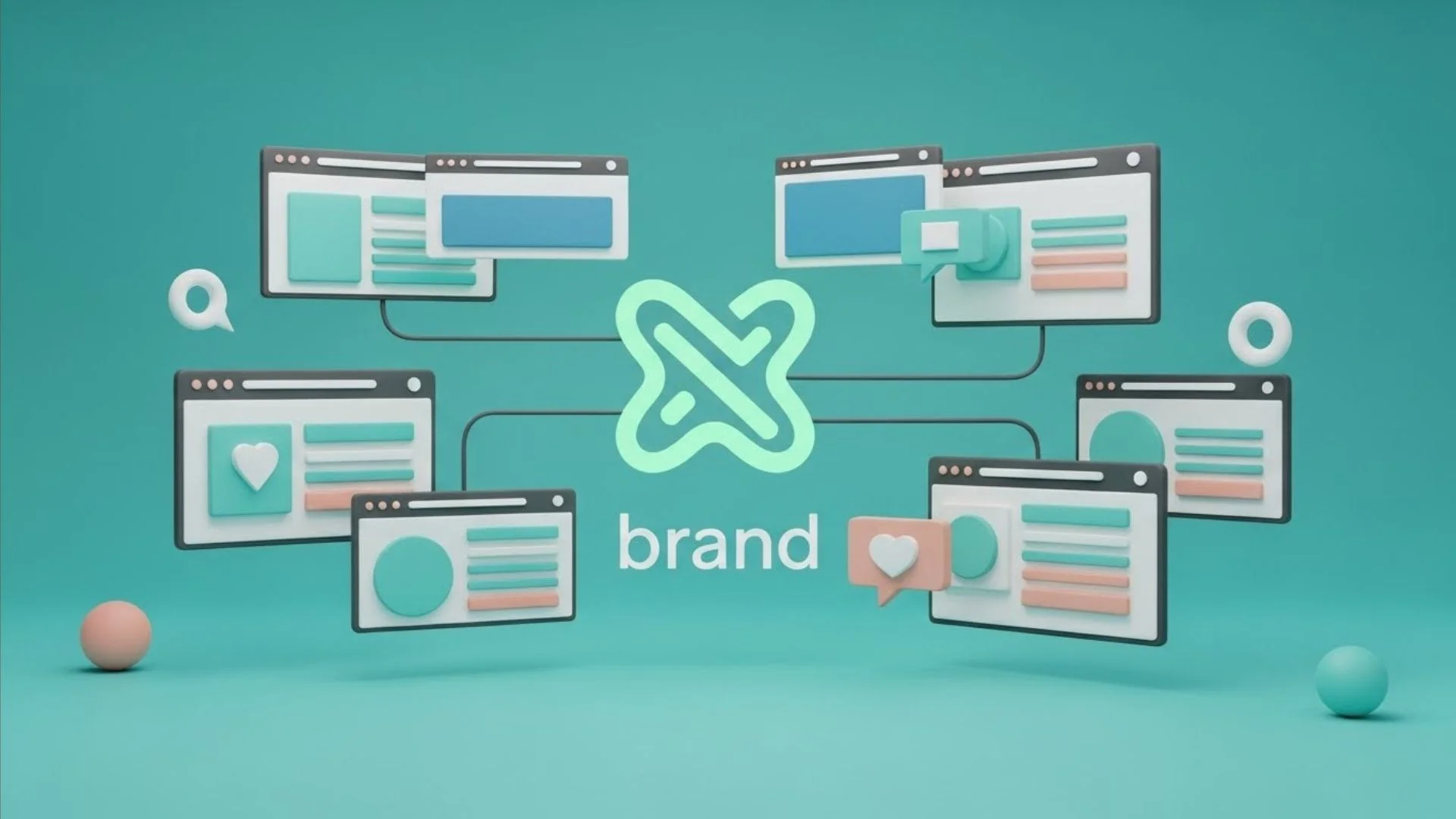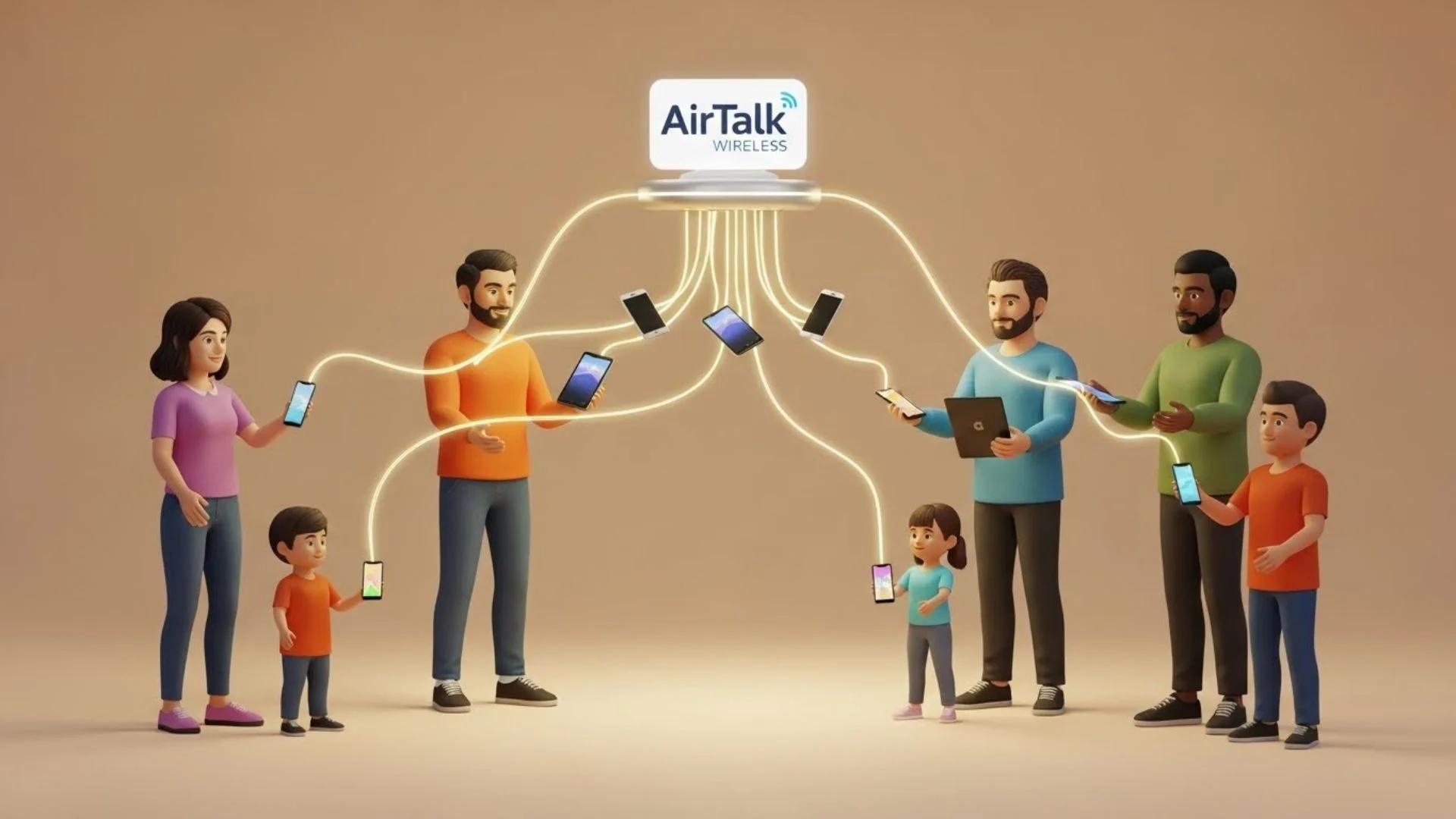Data has become the engine of creativity, decision-making, and competitive advantage in the digital era. Reflecting the enormous scale at which information is produced every second, a new ResearchGate study projects the worldwide data output would exceed 180 zettabytes by 2025. Raw data has limited value; its actual power is in how companies interpret and use it. Businesses in all sectors are no longer merely gathering data; they are turning it into a strategic resource driving corporate expansion. Big Data is the basis of contemporary business intelligence, not just a technology. It ranges from AI-driven financial security systems spotting fraudulent transactions in real time to hyper-personalized retail experiences that forecast consumer wants. This paper will investigate how big companies use data to transform customer service, improve operational efficiency, and propel revolutionary ideas changing their sectors and big data applications.
1. Retail & E-commerce: Redefining Personalised Shopping
Case Study: Amazon’s Data-Driven Empire
Amazon is a data intelligence powerhouse, not only an online store. Every engagement on its platform. Whether it’s a search query, product view, or transaction, it carefully tracked and processed to improve the consumer experience.
Using sophisticated machine learning, Amazon customizes product recommendations depending on customer preferences, past orders, and browsing behavior, hence producing a very tailored buying experience. By changing rates in real time, its dynamic pricing strategy guarantees a competitive edge considering factors including demand changes, rival pricing, and user behavior.
Furthermore, Amazon leverages sales content analytics to measure how effectively its product descriptions, multimedia, and marketing campaigns drive conversions. This ensures that content aligns with shopper intent, increasing engagement and purchase likelihood.
Apart from consumer contacts, Amazon maximizes its enormous supply chain with predictive analytics, hence enabling it to forecast stock needs, reduce delays, and simplify deliveries. This smooth blending of data-driven insights allows Amazon to not only satisfy consumer demands but also forecast them before customers even recognize what they want, hence guaranteeing an easy and intuitive buying experience.
2. Healthcare: Early Disease Detection & Predictive Analytics
Case Study: UnitedHealth Group’s AI-Driven Healthcare
UnitedHealth Group improves patient care and lowers medical expenses by means of AI-driven Big Data analysis.
Big Data Applications:
- Forecasting Chronic Diseases: Machine learning models find high-risk patients, therefore facilitating early intervention.
- AI-driven technologies examine lab findings, MRI images, and X-rays in real time.
- Examining patient history and genetic information helps doctors to offer customised therapies.
- Data-driven healthcare is changing the sector from reactive care—treating diseases after they appear—to proactive prevention.
3. Artificial Intelligence-Driven Fraud Detection & Risk Management in the Financial Sector
JPMorgan Chase’s Fight Against Financial Fraud Case Study
Financial institutions are main targets for fraud given their handling of millions of transactions every day. JPMorgan Chase uses Big Data and artificial intelligence to find questionable transactions in real time.
JPMorgan’s Big Data Applications:
- AI systems find odd trends in consumer behaviour.
- Transactions that appear questionable set off instant security actions.
- AI-Powered Credit Scoring: Customer data is used to evaluate creditworthiness more precisely than conventional approaches.
JPMorgan guarantees smooth banking experiences and shields consumers from financial fraud by means of large dataset analysis.
4. Transportation & Logistics: The Power of Predictive Routing
Case Study: UPS’s AI-Powered Logistics
UPS handles millions of daily deliveries. The firm created ORION (On-Road Integrated Optimization and Navigation), a technology driven by real-time data, to maximize delivery times.
Important Observations from UPS’s Data Model:
- Route Optimization Using Artificial Intelligence Weather, traffic, and package priority drive dynamic adjustment of delivery routes.
- Data-driven logistics cut millions of gallons of fuel yearly, thereby improving fuel economy.
- UPS is testing self-driving delivery vehicles run by AI-driven logistical information.
UPS has changed its business model to cut expenses and guarantee quicker deliveries by using data.
5. Entertainment & Media: Data-Driven Content Development
Case Study: Netflix’s Tailored Streaming Experience
Using Big Data, Netflix actually designs content consumption rather than merely suggesting films. Every action of pause, rewind, or fast-forward is examined to improve its recommendation algorithms.
How Big Data Applications Helps Netflix:
- Individualized Recommendations AI recommends programs depending on user viewing patterns.
- Data-driven analysis helps Netflix choose which shows to create.
- Netflix monitors audience engagement and changes content marketing accordingly.
Netflix has become one of the most powerful content producers worldwide because of its calculated use of Big Data.
6. Manufacturing: Using Predictive Maintenance to Avoid Equipment Failures
Case Study: General Electric’s Smart Factories
GE uses Big Data to track performance of industrial equipment. GE forecasts machine failure utilizing IoT sensors and artificial intelligence analysis, hence preventing failures.
Main Advantages:
- Smart sensors identify any issues early, thereby reducing downtime.
- Businesses repair machinery before significant failures occur, therefore lowering maintenance expenses.
- Data-driven insights improve factory processes, hence maximizing production efficiency.
This forecast method helps companies to save millions in equipment maintenance and lost production.
7. Agriculture: Precision Agriculture & Smart Farming
Case Study: John Deere’s AI-Powered Farming Solutions
John Deere improves farming techniques by combining Big Data, IoT, and artificial intelligence.
Main Uses:
- Sensors give real-time notifications on soil health.
- Machine learning algorithms maximize fertilizer use and irrigation.
- Farmers forecast crop sizes to decrease food waste.
John Deere enables farmers to boost production by using Big Data, hence reducing environmental effects.
8. Cybersecurity: AI-Powered Threat Detection
Case Study: Data-Driven Cybersecurity Solutions from IBM
IBM Security uses Big Data analytics to protect sensitive data given daily changing cyber threats. Many large organizations that depend on mainframe hosting services leverage IBM’s cybersecurity tools to safeguard their legacy systems and critical workloads, ensuring these vital environments remain secure without compromising performance or availability.
IBM’s Big Data Applications:
- IBM’s technologies monitor billions of network events in real-time.
- Data-driven models forecast cyberattacks before they take place.
- Artificial intelligence responds immediately to security breaches.
Big Data analytics guarantees digital security by strengthening companies against cybercriminals, hence guaranteeing digital security.
9. Artificial Intelligence-Driven Property Market Insights
Case Study: Big Data Revolution of Zillow
A major real estate website, Zillow uses Big Data to give sellers and buyers precise market information.
Main Uses:
- Using data analysis, Zillow’s ‘Zestimate’ technology assesses property values.
- AI examines past data to predict real estate trends.
- Users get house recommendations depending on their preferences.
Zillow’s data-driven strategy helps purchasers make real estate more available and open.
Big Data is Shaping Business Future: Therefore
Big Data is about knowing habits, forecasting results, and changing sectors, not only about statistics. Data-driven companies have a competitive advantage since they increase efficiency, customer happiness, and income growth.
Big Data development solutions are the engine of the digital age from hyper-personalized experiences in e-commerce to AI-powered cybersecurity solutions. Companies that ignore them run the danger of lagging behind in a world growingly driven by data.
The question is now “Should businesses use Big Data?” it’s how quickly they can adjust to remain ahead!
nandbox App Builder
nandbox App Builder helps companies use data to propel operational efficiency, customer involvement, and competitive advantage from e-commerce apps providing customized shopping experiences to logistics solutions maximizing routes and delivery schedules. nandbox helps businesses to fit fast and remain ahead in a world more and more shaped by large data.


